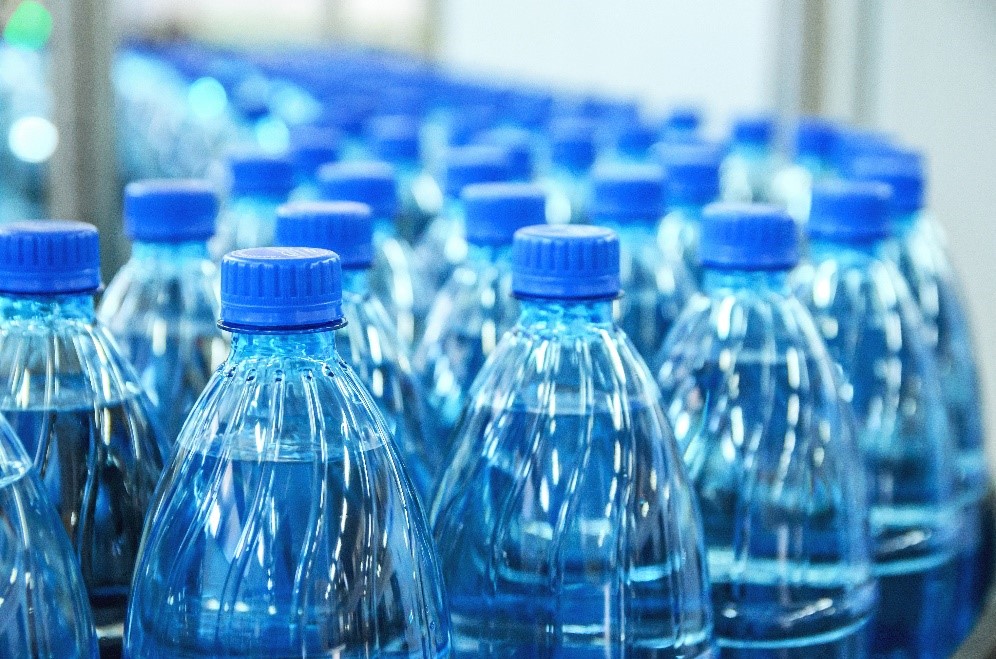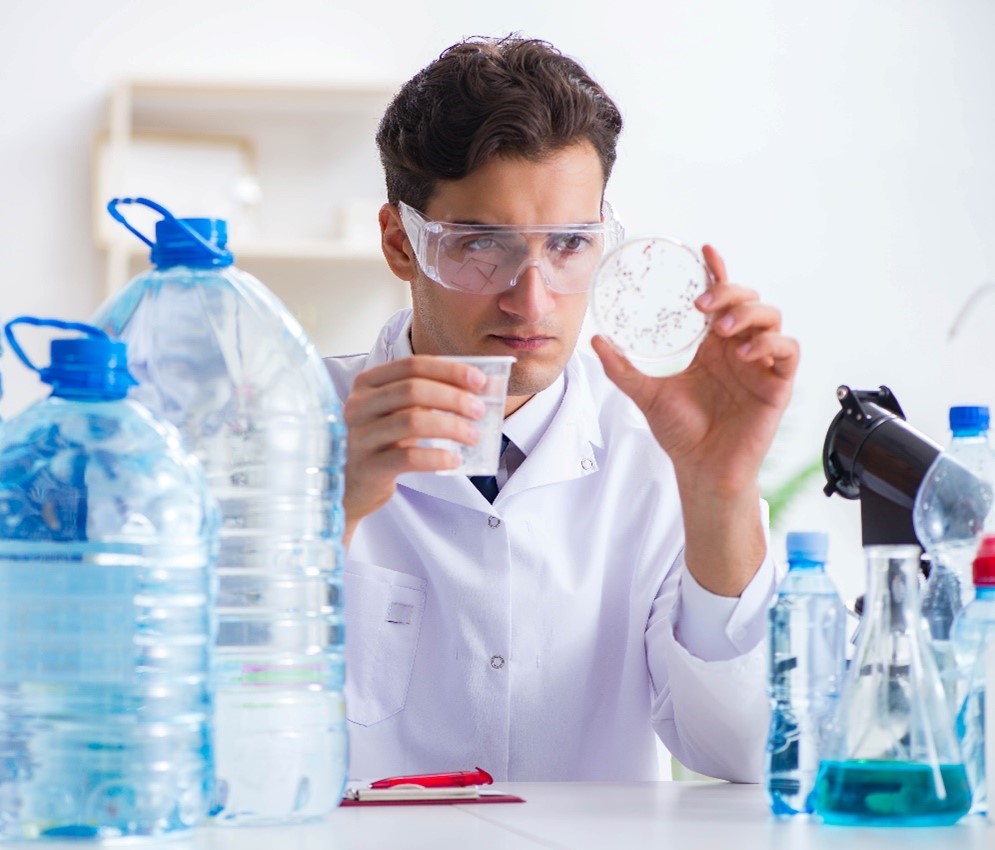Published: 26/02/24 13:44 Categories: Microbiology
Does bottled water mean healthy living?
The bottled water industry has seen significant growth worldwide, even in regions where tap water is safe to drink, as tap water is perceived to be of poor quality or there might be concerns about the presence of pathogens or chemicals.
Due to this and other reasons such as lifestyle, health, lack of access to drinking water sources, etc., the global bottled water market has been increasing in recent decades.
Its value is estimated to reach 72.8 billion USD by 2024, with growth to reach close to 90 billion USD by 2029 in the European market alone.

In Europe, among the countries with the highest sales of this type of product are Germany, Italy, France and Spain, with the highest consumption being 200 L/person annually.
Currently, bottled water is not limited to drinking; it is also utilized for preparing infant formula as well as other medical and sanitary device cleaning uses, given this perception of superior safety.
However, this may not be entirely true, as it has been shown in multiple research studies that bottled water is not actually superior in quality to tap water.
Microbiological hazards in bottled water
In France, it has recently been discovered that major bottled water companies have for years used non-permitted purification techniques and products that do not comply with previously established regulations, especially in terms of bacterial and/or chemical contamination.
This is concerning because, according to reports, one-third of the brands sold in the country are involved in these practices, which means that the scope of the risk to consumers' health would be extensive.
The main microbiological hazards that can be found in bottled water are Escherichia coli and intestinal Enterococci. In addition, pathogens such as Pseudomonas aeruginosa have been found to be particularly dangerous due to their ability to form biofilms inside and on the bottom of the bottles, as well as on the cap, thanks to the small amounts of organic compounds present in the water.

For the control of these microorganisms in drinking water, the premiere references are Directive (EU) 2020/2184 and Royal Decree 03/2023 where the microbiological analysis methods are established, depending on the parameter:
- Escherichia coli and coliform bacteria - ISO Standard 9301-1 for enumeration with the MPN method
- Intestinal Enterococci - ISO 7899-2 Standard for detection and enumeration
Interested in learning more about ISO methods? Our CondalabTalk is available on Drinking water, what microbiological analysis should I perform?
If you need more information about the techniques or products, don't hesitate to contact us.

 Food fraud: How do we detect it?
Food fraud: How do we detect it?
 Visit Us at MEDICA 2025 – Discover Our Precise Detection Solutions
Visit Us at MEDICA 2025 – Discover Our Precise Detection Solutions
 PCR: The Technique Revolutionizing Rapid Detection in the Food Industry
PCR: The Technique Revolutionizing Rapid Detection in the Food Industry
 How Culture Media Ensure the Safety, Efficacy, and Quality of Medicines
How Culture Media Ensure the Safety, Efficacy, and Quality of Medicines
 Meeting us at MEDLAB MIDDLE EAST 2025
Meeting us at MEDLAB MIDDLE EAST 2025